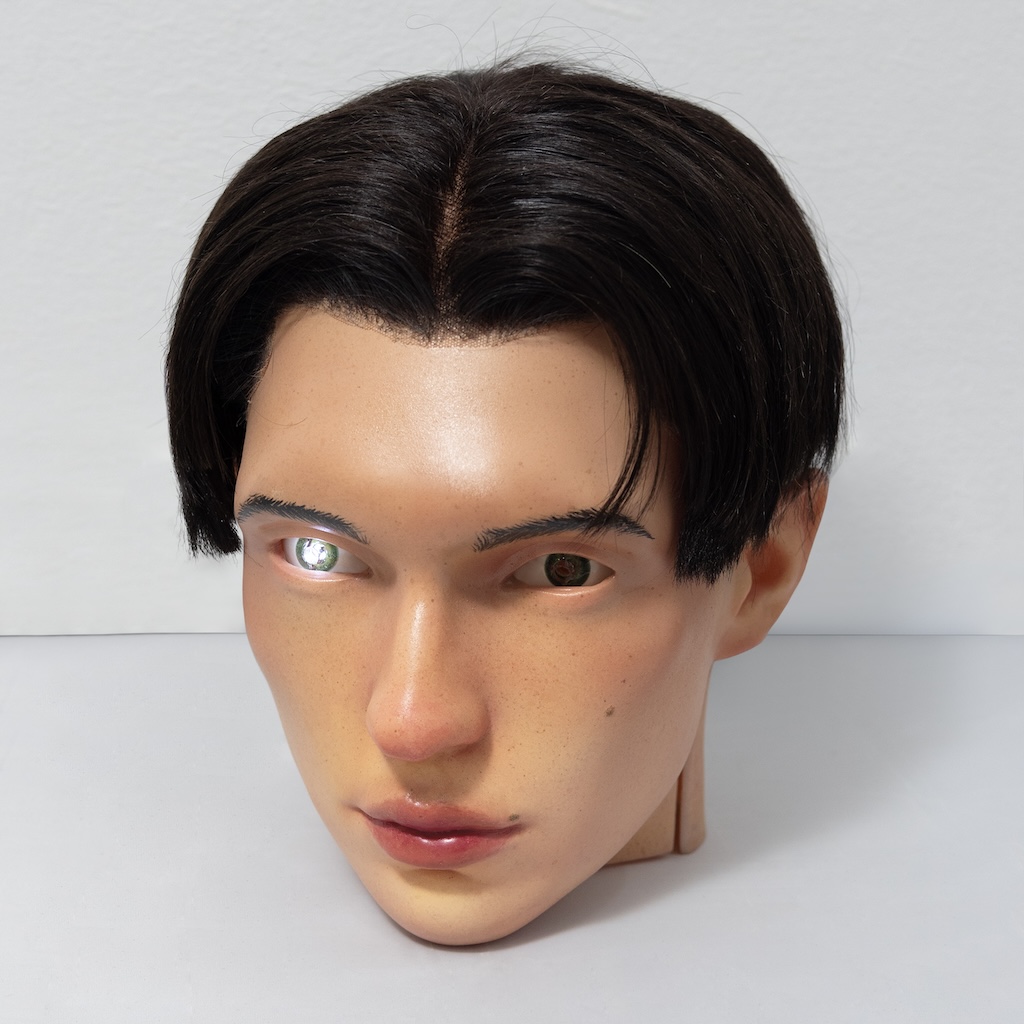
filip custic
filip custic uses performance, photography, video and installation to address the interplay of digital technologies and personal identity. The human body is central to his practice, in which self portraiture and collaborations with other performance artists are both essential features.
filip custic was born in Tenerife, Spain. He studied Advertising in Madrid, where he currently resides, and worked in fashion before centring on his artistic career. custic’s work has featured in group exhibitions across the globe, including at HEK Basel, the Museum of Contemporary Art Zagreb and Matadero Madrid. He was awarded a Latin Grammy in 2019 for his artwork on Rosalía’s album El mal querer, and has hosted solo exhibitions at La Térmica (Malaga, Spain, 2019), Parco Museum (Tokyo, Japan, 2023) and Museo Cerralbo (Madrid, Spain, 2024).